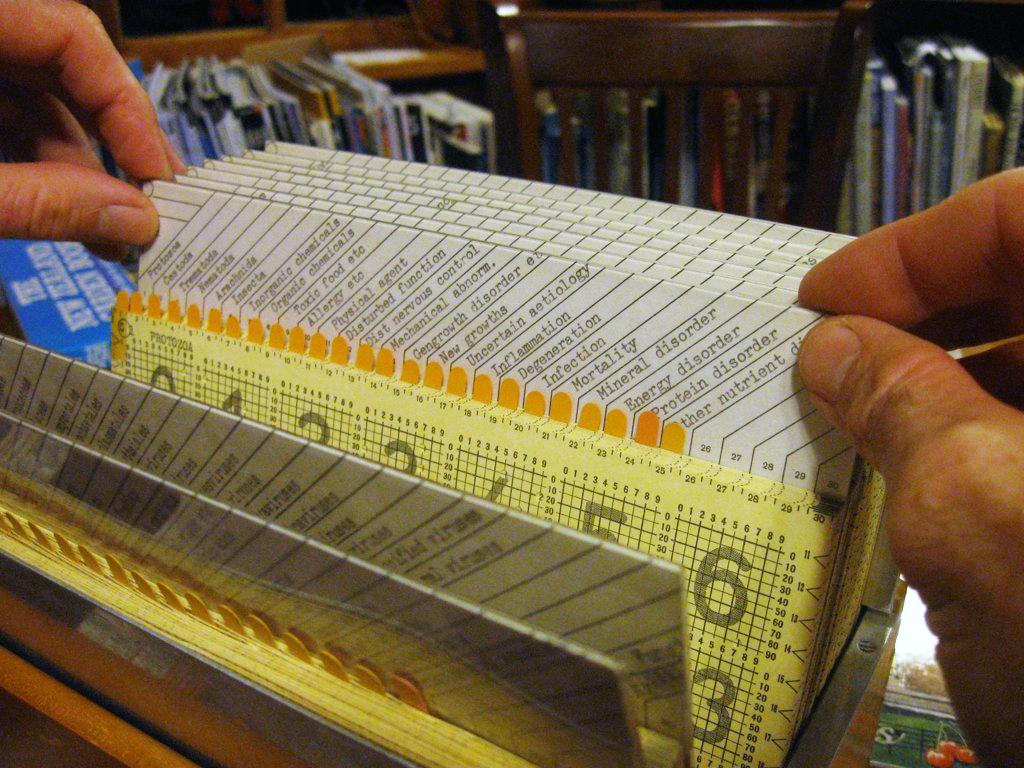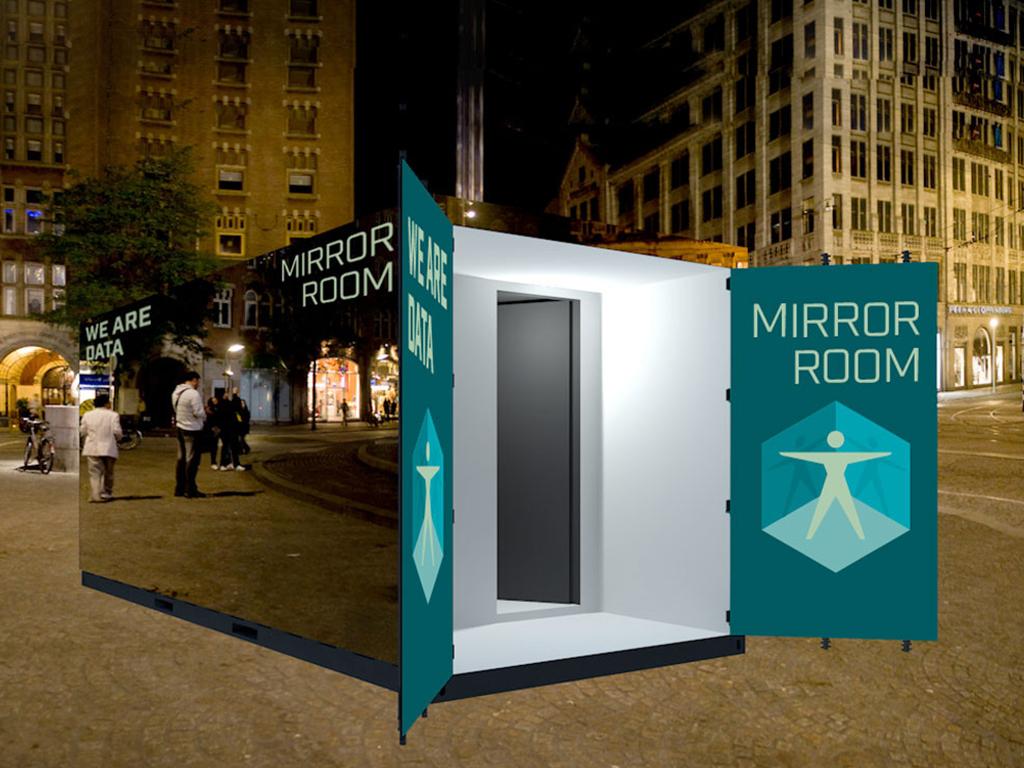Take yourself back to eighties. Shoulder padding, neon colours, punk and Madonna in white lace. Cassette players, black and white television and one phone, placed in the hallway. Now imagine somebody coming up to you and asking a couple of minutes of your time. “Would you be interested in participating in a small experiment?” Sure, why not. “We like to offer you a device that has cool music and games. It’s free, just as long as you carry it around with you all the time. It will keep track of what you will be doing, so that everybody knows how cool you are. What do you say, we offer you $ 500.” Mmmh. “Okay, make it $ 1,000, do we have a deal?” Would that have been enough for you to share your data with another party? Maybe $ 10,000, heck make it a million. But guess what, you’re now doing it for FREE, every single day.
This scenario was sketched by Heath Bunting during the third edition of Big, Open and Beautiful, where three speaker answered to the statement “I share, therefore I am”. Heath as an artist is interested in creating new identities. He is using everyday open data to build new identities at 15 euro a piece. He’s using these identities to avoid being on the grid himself. “It’s easy”, according to Bunting.
Bunting was joined on stage by Janneke Sloëtjes and James Burke. “You generate a whole lot of data, just by living your life”, Janneke said. This data is is free as a bird, and in the hands of many people and organisations while it should belong to you, the creator. So you don’t even have control over your own data. James on the other hand is consciously adding personal data to this big data database just out of fascination for patterns. It’s a why of self-tracking, which is part of the quantify self movement.
So an evening that covered very different ends of the spectrum of data sharing. Giving plenty of food for thought for us in the audience while heading home.


